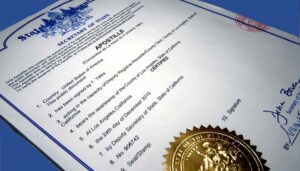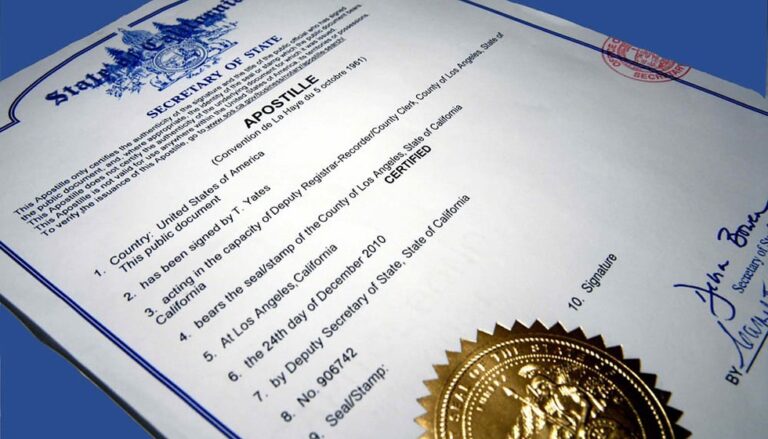Whether you are struggling to pay your bills, dealing with foreclosure or considering bankruptcy, you should understand all your options. There are many different types of debt relief, and one may work better for you than another. A good bankruptcy lawyer Hawaii can help you determine which solution is best for your unique situation.
Before you decide to file, it’s important to compile financial records and documents, including: a list of all property (real estate, vehicles, personal items) you own; a list of all the debts you owe; and a listing of your monthly expenses. This will give you, any person helping you with the bankruptcy and a judge an accurate picture of your finances.
You must also pass Part 1 or Part 2 of your state’s “means test.” This tests your household income compared to the average income for your area. If you make less than the median income, you qualify for Chapter 7. If your income is above the median, you will need to file Chapter 13, which involves a repayment plan and may not wipe away all of your debts. If you are a homeowner, consider whether it makes sense to reaffirm your mortgage during the bankruptcy process, so you can continue making payments and avoid foreclosure.
The next step is filing your bankruptcy petition with the court. When you do this, an automatic stay goes into effect that prevents creditors from attempting to collect on any debt until the bankruptcy process is complete and your debt is discharged. Once the petition is filed, a bankruptcy trustee will be assigned to your case and a 341 meeting will be held, where you will meet with creditors to discuss your financial status under oath.
You may be required to undergo credit counseling and take a financial management course before your bankruptcy can be finalized. These requirements are outlined in the U.S. Bankruptcy Code, Title 11.
After the 341 meeting, any nonexempt property must be turned over to the trustee, who will sell it and distribute the proceeds to your creditors. This includes non-luxury, primary property like cars and homes. You must provide a timely list of any property that qualifies for exemption. If you do not, you could lose some or all of it.
Depending on your financial situation, you may be eligible for a fee waiver, which covers the cost of filing for Chapter 7 bankruptcy. To qualify, your household income must be below 150% of the federal poverty level. You can apply for the waiver after you have filed your bankruptcy petition. If the court approves your application, you will be able to pay the fee in installments. If you don’t qualify, you must pay the fee in full when your bankruptcy is finalized.
Cain & Herren, ALC
2141 W Vineyard St, Wailuku,
HI 96793, USA
+1 (808) 242 9350
cainandherren.com











